What the BCI Cotton label means
By choosing products containing BCI Cotton, you are helping us support cotton farming communities in their efforts to implement practices that protect the environment and enhance income and resilience.
By choosing products containing BCI Cotton, you are helping us support cotton farming communities in their efforts to implement practices that protect the environment and enhance income and resilience.
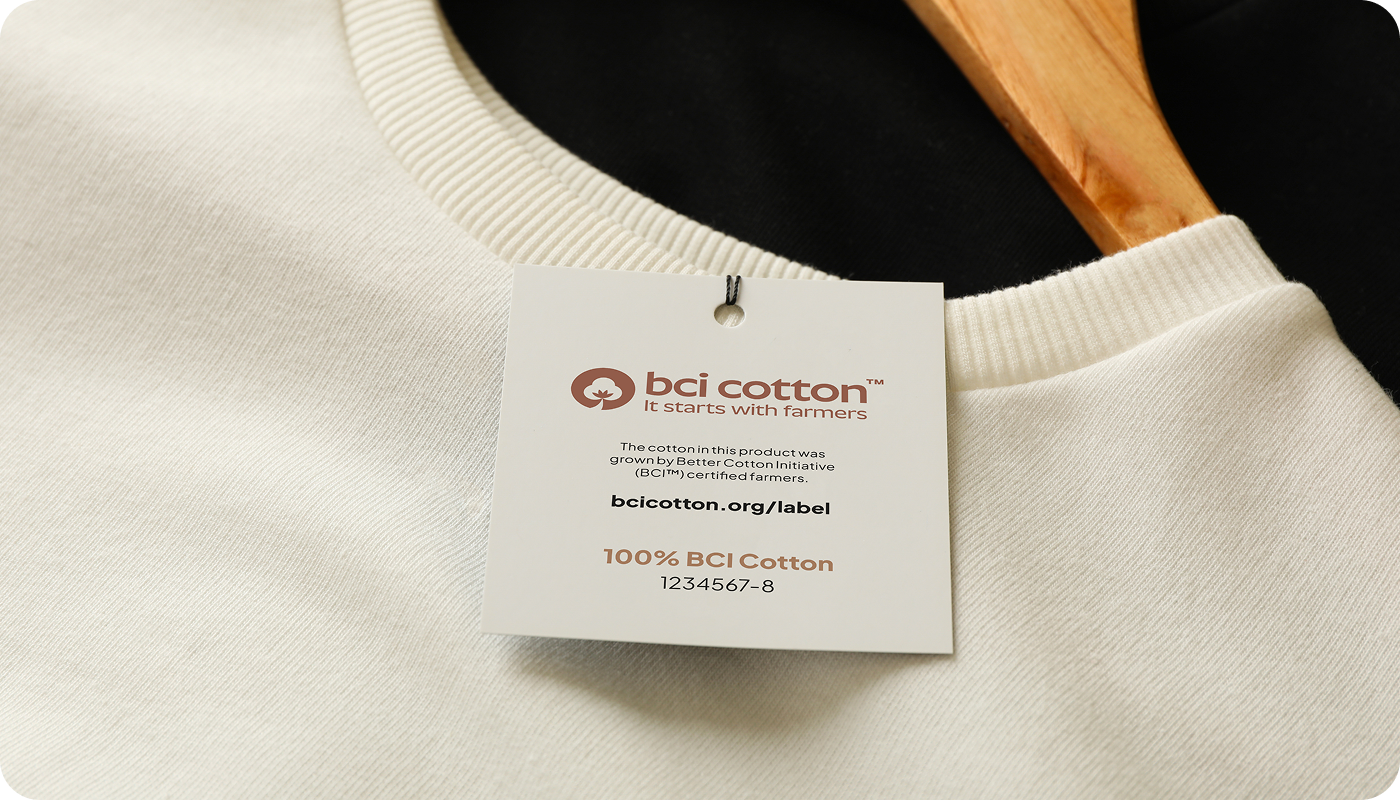

Cotton connects us all. It's in the clothes we wear and the sheets we sleep in. But before it gets to us, it starts on a farm.
Cotton is biodegradable and renewable. It is grown by millions of farmers around the world, the majority of whom are smallholders growing on less than two hectares of land. These farmers often face challenging working conditions and the mounting impacts of climate change locally.
That's why we collaborate with the global textile sector to stand with farmers, their families and communities, all working together and investing to strengthen livelihoods, protect incomes and defend the environment we all depend on.
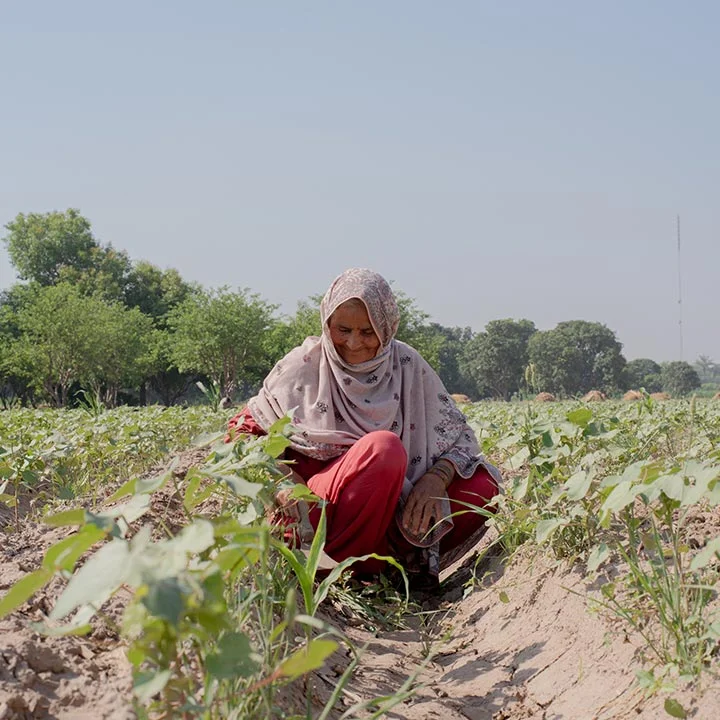

When you buy something containing BCI Cotton, you're helping...
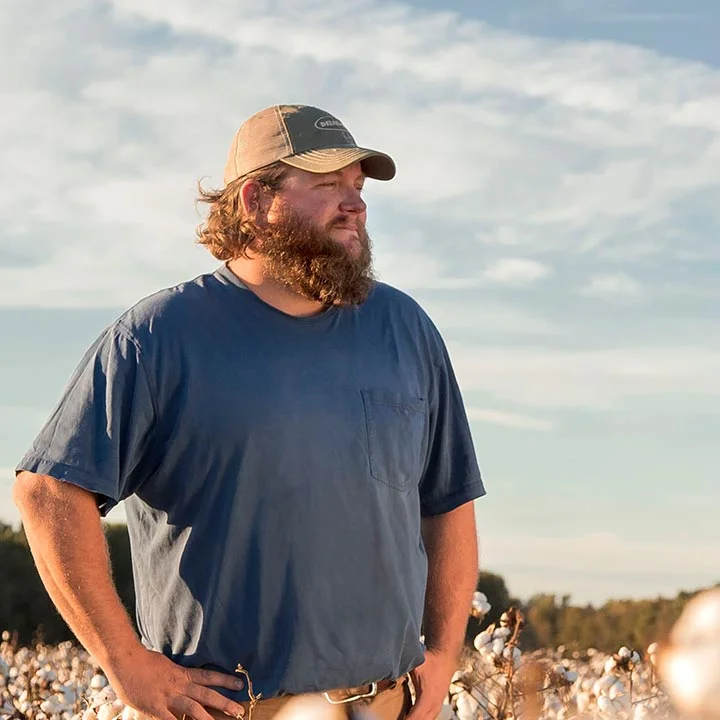

When you see this label on a product, it means that all of the cotton in the product has been grown by farmers who are certified to the Better Cotton Initiative (BCI) Farm Standard
The BCI Farm Standard sets requirements to protect and restore the environment and improve the livelihoods of cotton farming communities. You can find out more here.
How much BCI Cotton a brand puts into a product will show up as a percentage (%) on the label. To bear the BCI Cotton label, a product must contain a minimum of 30% BCI Cotton.
This means farmers who have been certified to the BCI Farm Standard. The Better Cotton Initiative is committed to social inclusion and we certify farmers who meet our standard regardless of identities, relationships and social factors. Landowners or tenants who lease land for cultivation at a fixed rate may also be certified farmers.
If you see a percentage on the BCI Cotton label, it refers to the amount of BCI Cotton in the product. 100% of the cotton within the product must be BCI Cotton, but this can be mixed with other fibres such as linen or polyester. BCI Cotton must represent 30% of the overall fibre composition of the product to bear the label.
This is cotton that is grown in accordance with the BCI Farm Standard by certified farmers and sourced via a segregated chain of custody model.
This is an official identification number that can be used to confirm that the brand is certified. To check if the brand you’re purchasing from is certified, scroll down.
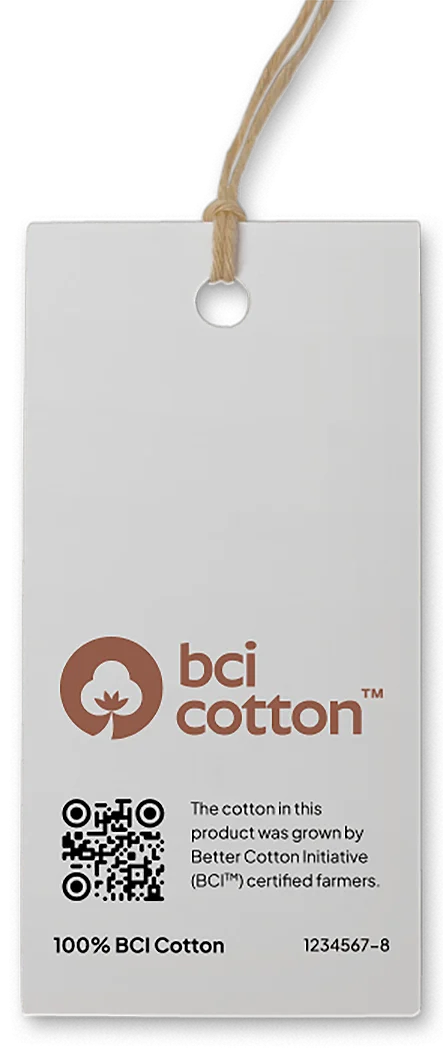

This means farmers who have been certified to the BCI Farm Standard. The Better Cotton Initiative is committed to social inclusion and we certify farmers who meet our standard regardless of identities, relationships and social factors. Landowners or tenants who lease land for cultivation at a fixed rate may also be certified farmers.
If you see a percentage on the BCI Cotton label, it refers to the amount of BCI Cotton in the product. 100% of the cotton within the product must be BCI Cotton, but this can be mixed with other fibres such as linen or polyester. BCI Cotton must represent 30% of the overall fibre composition of the product to bear the label.
This is cotton that is grown in accordance with the BCI Farm Standard by certified farmers and sourced via a segregated chain of custody model.
This is an official identification number that can be used to confirm that the brand is certified. To check if the brand you’re purchasing from is certified, scroll down.
Any certified Better Cotton Initiative Retailer and Brand Member that sources BCI Cotton through segregated and traceable Chain of Custody models can use the BCI Cotton label.
Our standard is globally assured, and we work hard to protect it, so we have designed a label that must follow strict guidelines. This guides Retailer and Brand Members of the Better Cotton Initiative on what information must be displayed on the label. Read more about our label guidelines.
At the Better Cotton Initiative, we work hard to make sure any claims about our work, or our partners’ work, are honest, clear and backed by facts. We do this through the use of our Claims Framework, which sets out requirements for how brands can and can’t make claims, and through monitoring conducted by our Claims Team to oversee the credibility of our members' claims. That’s how we build trust and stay accountable.
When shopping for clothes or home items, choose brands that support the Better Cotton Initiative. Your purchase helps support farmers.
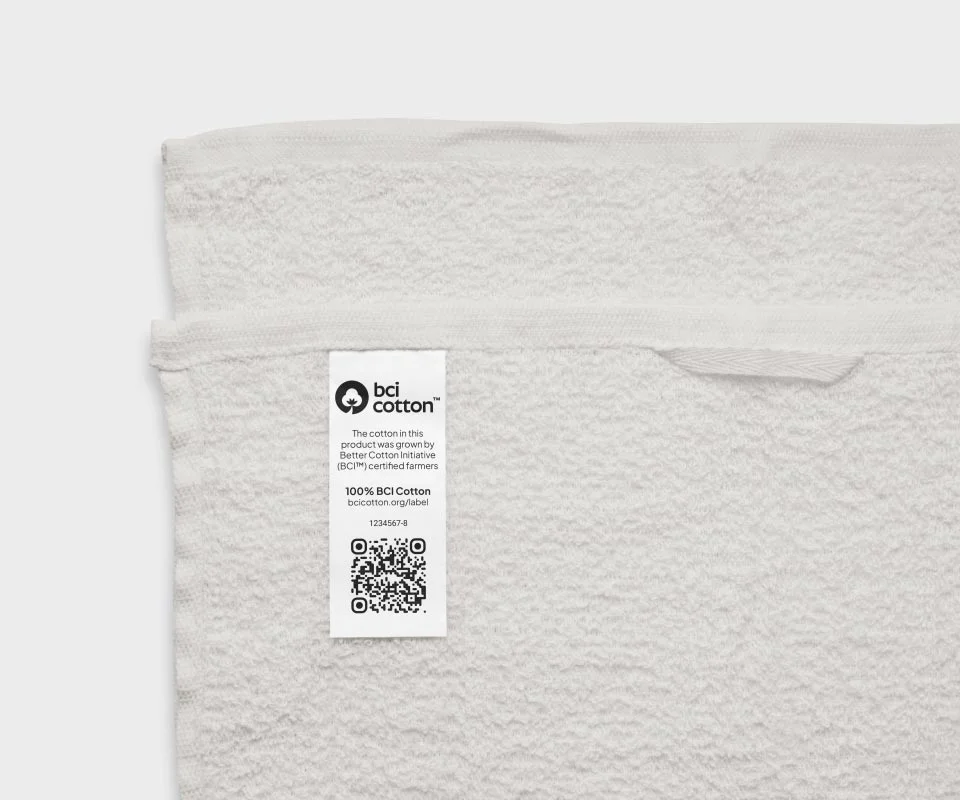

Transparency is key to trust. Only brands that meet our sourcing requirements are permitted to use the BCI Cotton label. To identify brands committed to sourcing BCI Cotton, click below.
Members of the Better Cotton Initiative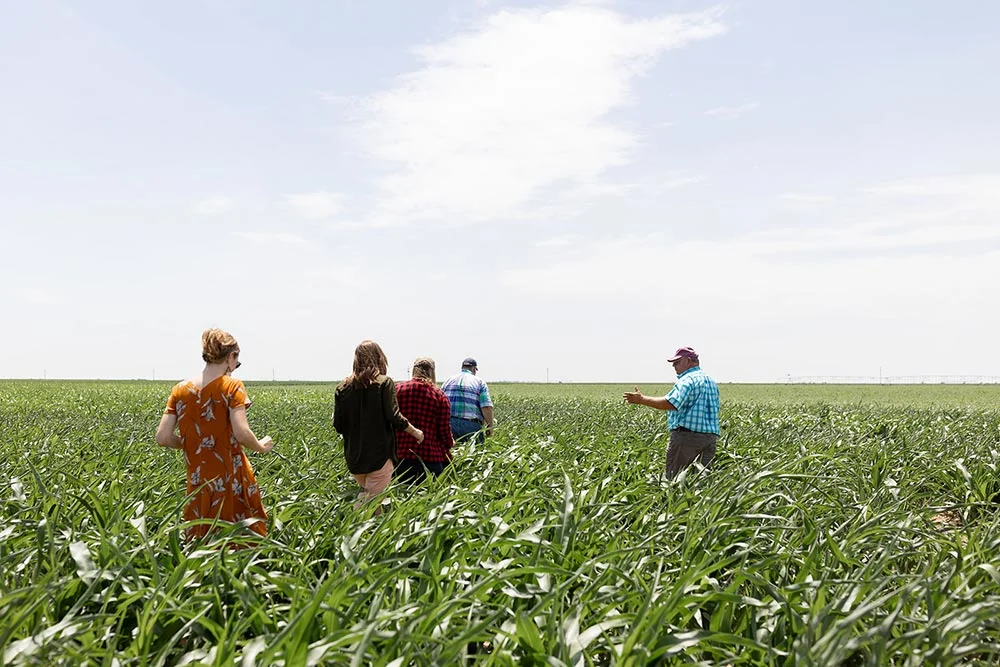

Learn more about cotton farming and how it affects farmers, their communities and the environment and share with your family and friends. We have lots of information on our site.
Start here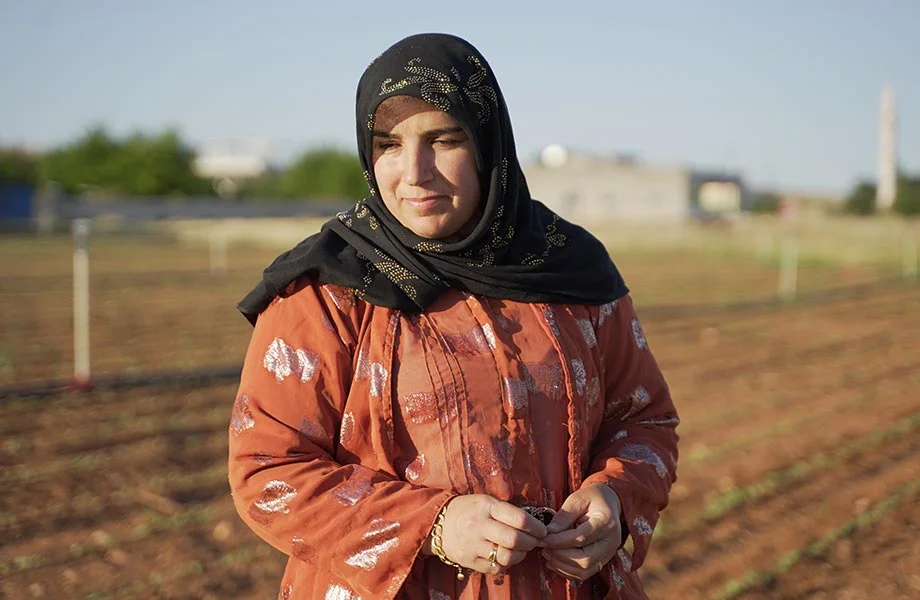

Posting questions on brands’ social media platforms like TikTok, Instagram and X is an easy way to ask. You can also ask in-store or even send an email! The more people ask, the more brands will listen.
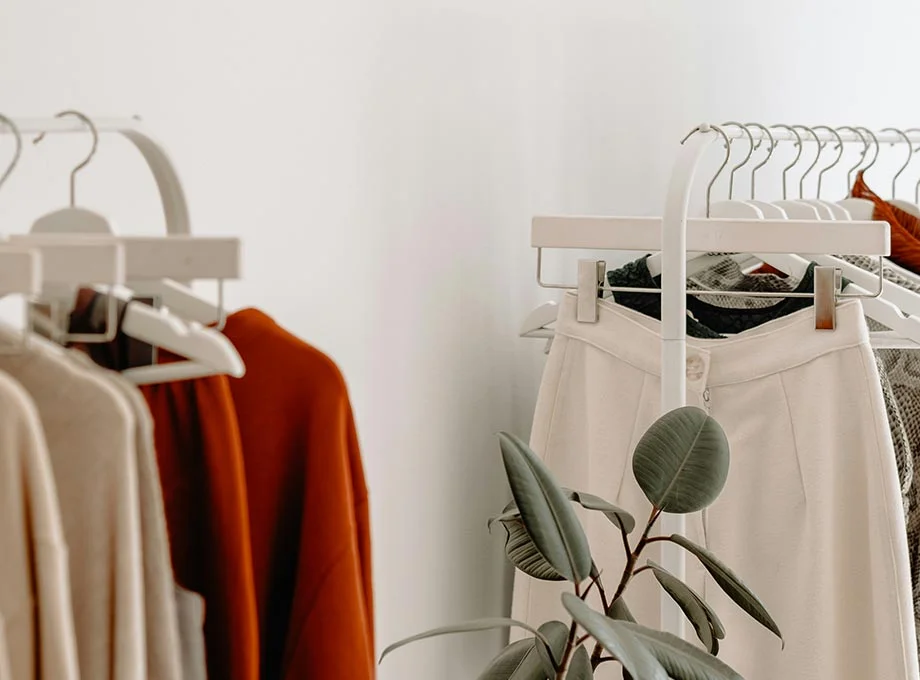

This connects farmers to global retail and textile brands, who want to use cotton grown to our standard in their products.
million farmers supported by the Better Cotton Initiative
of global cotton production is BCI Cotton*
*Sourced through all of our chain of custody models
Today we have over 2,500 members from across the industry.
When brands commit to sourcing BCI Cotton, real change is possible. Discover which of your favourite brands are certified to sell BCI Cotton and use the label.
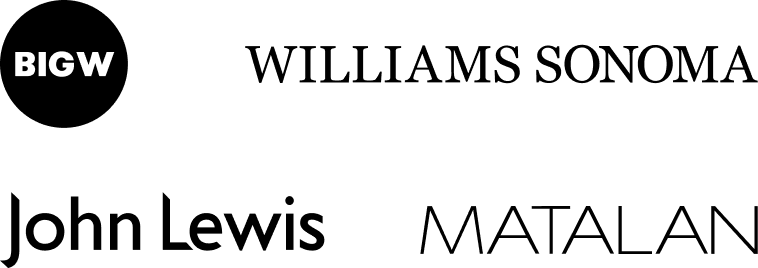

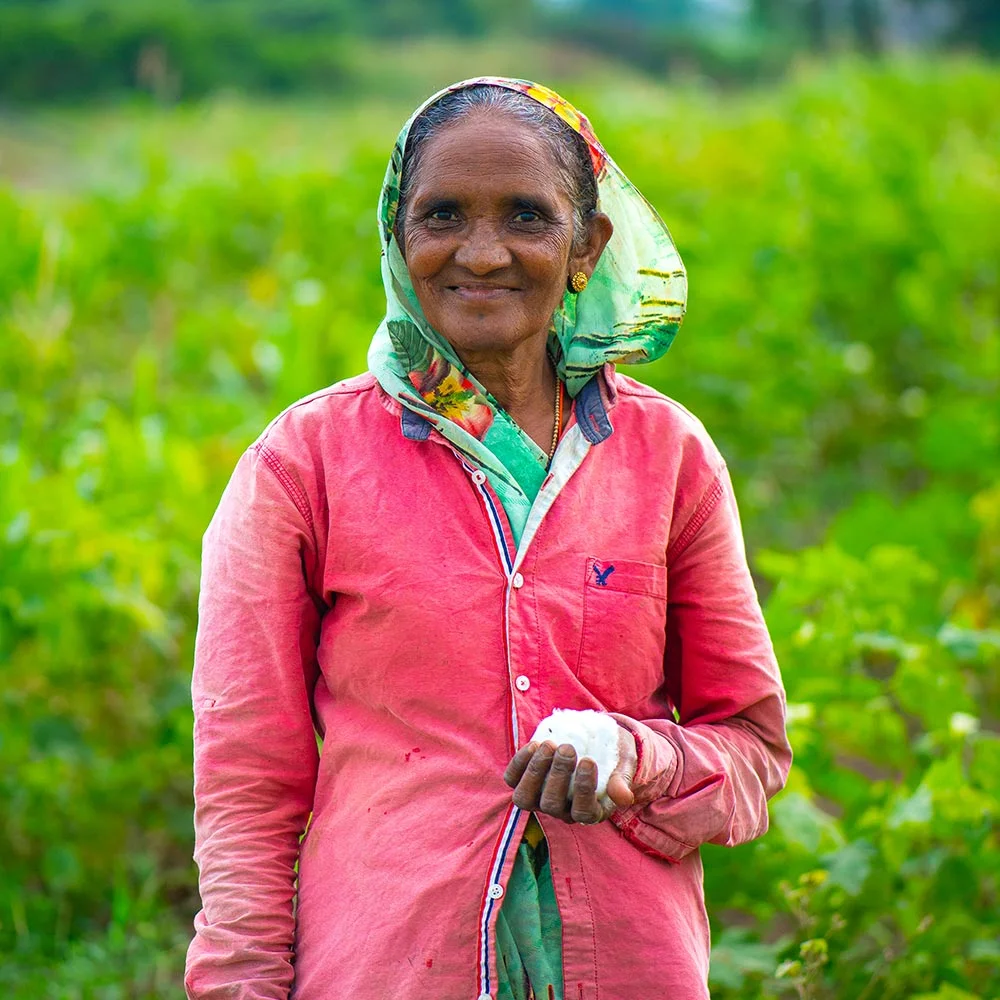

In addition to the BCI Cotton label, you may have seen another Better Cotton Initiative label in stores. That's because we offer two types of product labels, each reflecting a different way for brands to support better farming practices.
Unlike the BCI Cotton label, which can only be used by certified members that source through segregated and traceable chain of custody models, our other label is based on the mass balance chain of custody model. Under this model, cotton from licensed farms may be mixed with conventional cotton in the supply chain, meaning that the physical origin of the cotton in a specific product cannot be guaranteed.
This mass balance label is a visible signal of brands’ commitment to increasing demand and supporting better farming practices, even when physical traceability isn't possible.
Every kilogramme of cotton sourced through mass balance directly funds our field-level programme, and this model has made it possible to drive real change at scale, channelling over €200 million to support cotton farmers.
After May 2026, new products will only be allowed to carry our label if they contain certified, traceable BCI Cotton, but mass balance sourcing will remain a vital part of our system, playing a key role in driving impact.
Fill out this anonymous form and include an uploaded image if possible.
We work with a variety of different farm types; each farm type is unique and works with different kinds of machinery and employees.
Smallholder Farms: family-run, household labour, less than 20 hectares.
Medium Farms: mix of family and hired labour, some mechanisation.
Large Farms: highly mechanised, over 200 hectares.
Great question!
Our Principles and Criteria are regenerative at their core, and all the ways we train farmers to farm use regenerative processes. BCI Cotton is not the same as organic. Better Cotton Initiative Farmers produce cotton in a way that is better for themselves, their communities and the environment, even if they’re not certified organic. It’s about progress at scale.
No, we don’t have any cost barriers for smallholder farmers. Through our Growth and Innovation Fund (GIF), we support on-the-ground training that helps farmers improve how they grow cotton. These efforts boost farm profits, promote better practices and strengthen entire farming communities.
The Better Cotton Initiative is funded through a three-part approach:
This blended funding model gives the Better Cotton Initiative the capacity to invest in on-the-ground farmer support, scale innovation and deliver greater impact across cotton farming communities.
Our certification provides independent assurance that farmers are fully implementing the requirements of the BCI Farm Standard. From the farm right through to the label you see in your favourite stores, certification ensures that robust checks are in place every single step of the way.
Farmers have to go through a rigorous evaluation process to become certified against our standard.
This includes audits from independent certification bodies, monitoring visits from BCI Country Teams, support visits from our Programme Partners and regular self-assessments by farmers themselves. Our model puts a strong emphasis on capacity strengthening and continuous improvement; farmers are required to focus on improvements in order to maintain their certification.
The Better Cotton Initiative Farm Standard defines the rules that farmers must adhere to in order to sell their cotton through the BCI Chain of Custody. Known as the BCI Principles and Criteria, this framework:
For more details on all of our Principles and Criteria, click here.
The Better Cotton Initiative Chain of Custody Standard is the key framework that connects BCI Cotton supply to demand, ensuring its integrity throughout the supply chain.